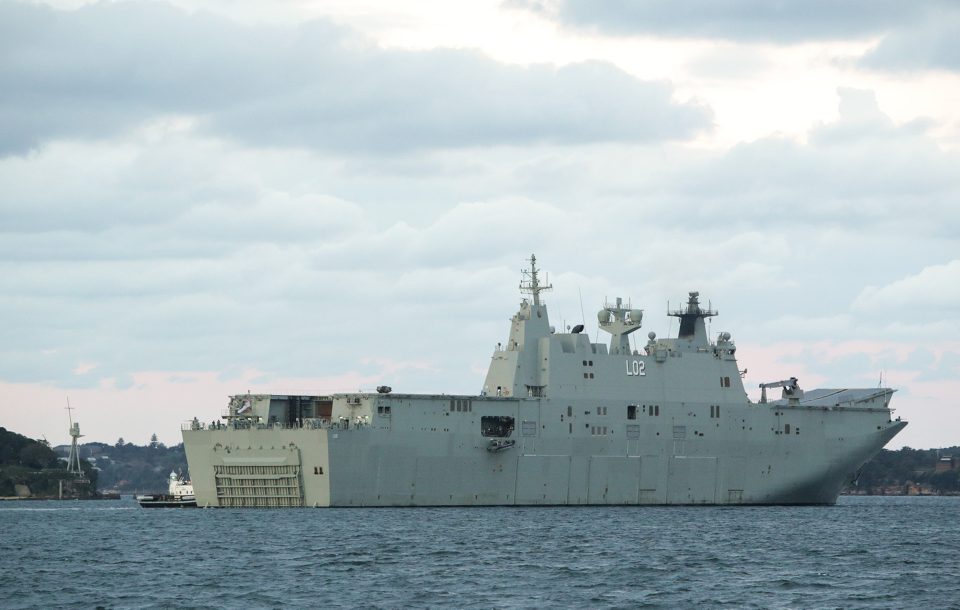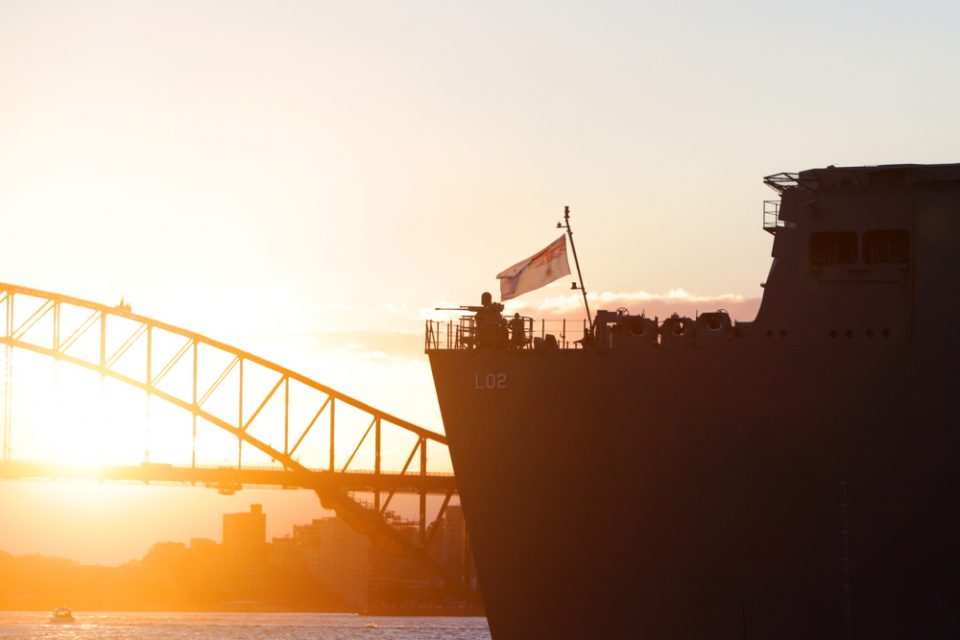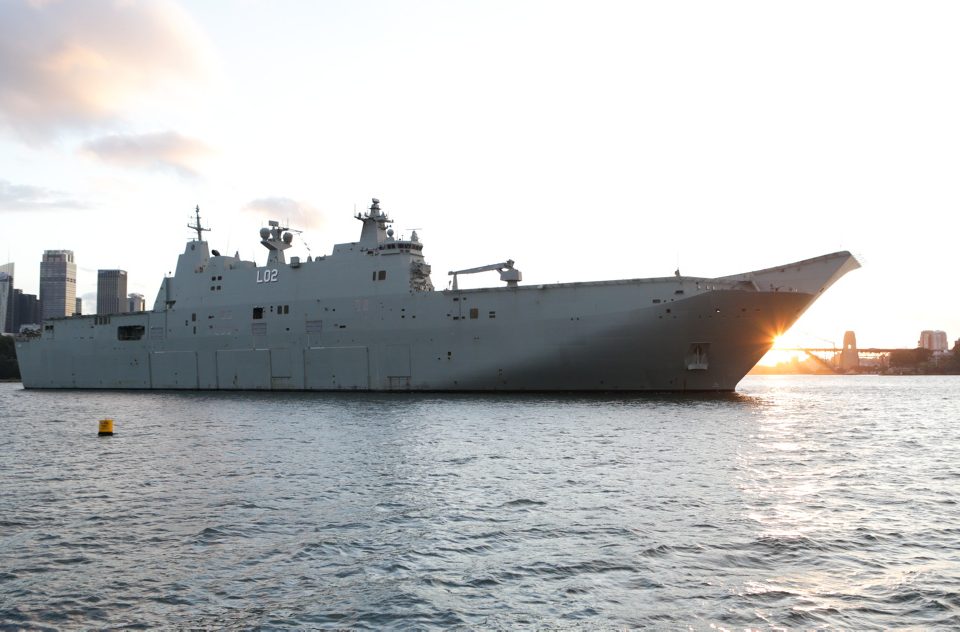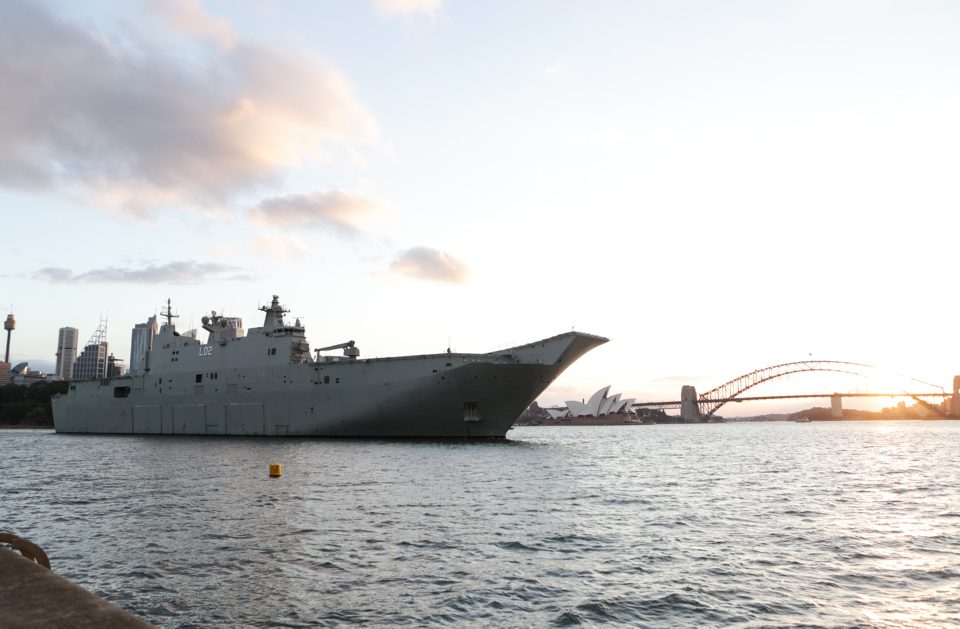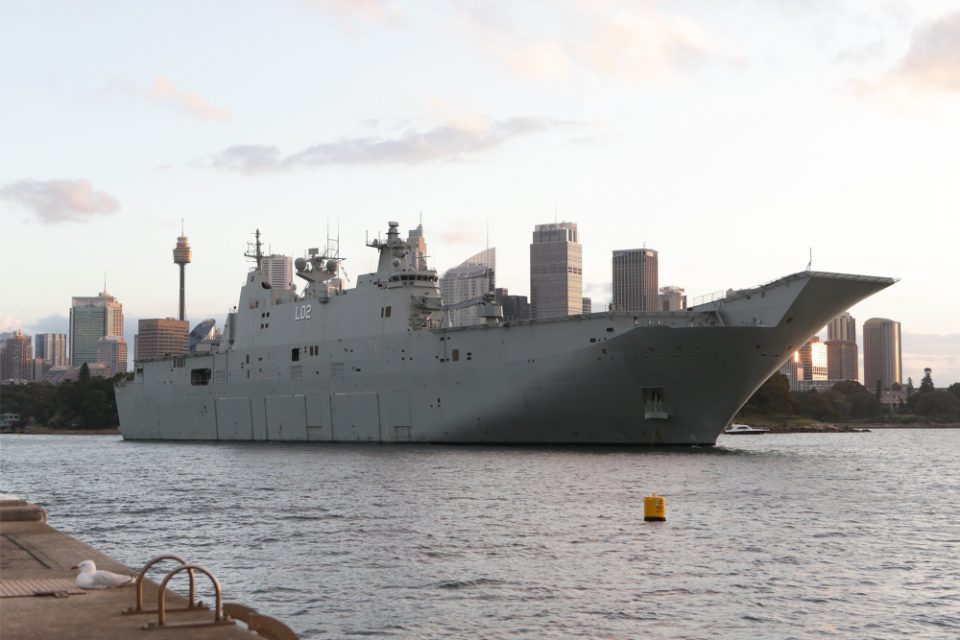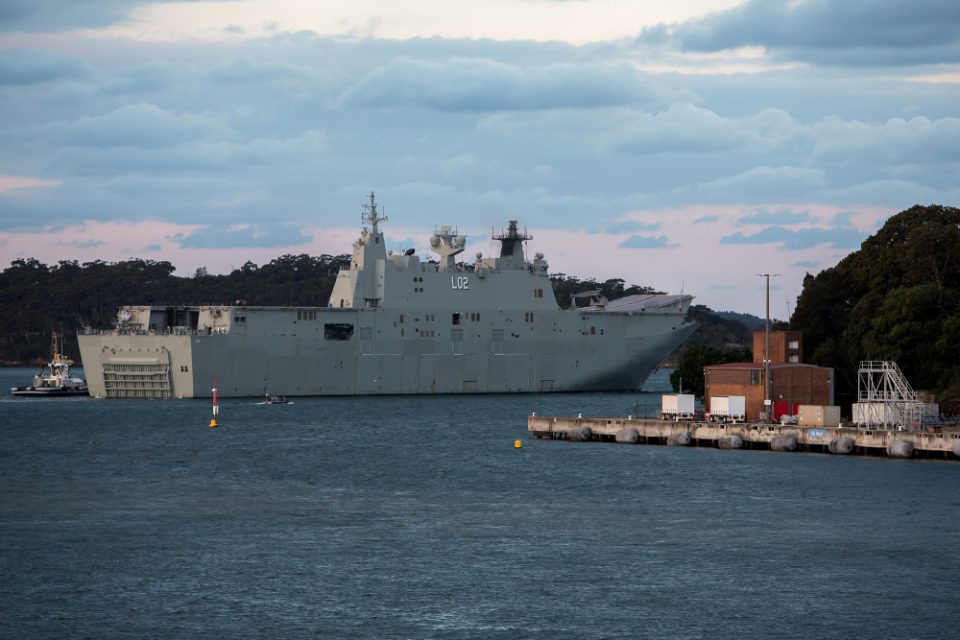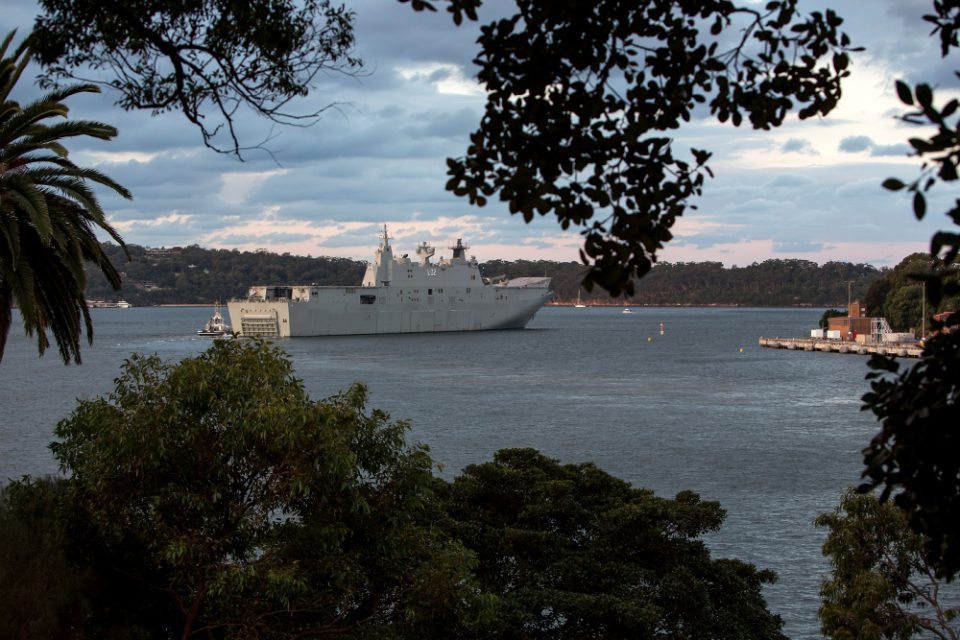05/11/2017: The Navy (All Hands Magazine) and U.S. Marine Corps team officially wrapped up the Ship-to-Shore Maneuver Exploration and Experimentation Advanced Naval Technology Exercise 2017 this month at Marine Corps Base Camp Pendleton, California.
Marines and sailors field-tested more than 50 new technologies, everything from swarming unmanned surface vessels to self-driving amphibious assault vehicles.
The resulting force of these technological capabilities will integrate operations across all domains to include information and cyberspace.
CAMP PENDLETON, CA, UNITED STATES
05.04.2017
I Marine Expeditionary Force
According to a press release from Office of Naval Research dated May 4, 2017:
By Warren Duffie Jr., Office of Naval Research
ARLINGTON, Va.—Autonomous vehicles, augmented reality systems and advanced wireless networks were among over 50 new technologies showcased during the Ship-to-Shore Maneuver Exploration and Experimentation Advanced Naval Technology Exercise (S2ME2 ANTX) 2017—a series of amphibious beach landings held recently at Marine Corps Base Camp Pendleton in California.
S2ME2 ANTX brought together industry, academia and the Naval Research and Development Establishment—which includes the Office of Naval Research (ONR) and various research laboratories associated with the Department of the Navy—to demonstrate emerging technology innovations. The exercise involved hundreds of Sailors, Marines and Department of Defense civilian employees and contractors.
By using direct feedback and technical evaluations from participating warfighters and senior leadership in attendance, S2ME2 ANTX also may change the way the U.S. Navy and Marine Corps look at prototyping and rapidly acquiring technology.
”The large scope of this exercise allows the Navy and Marine Corps to make informed decisions about future generations of technology for use by the warfighter,” said Dr. David E. Walker, ONR’s director of technology. “This pairing of Sailors and Marines with scientists and technologists will help move innovation at a faster pace.”
S2ME2 ANTX focused on five capability areas of amphibious operations: ship-to-shore maneuver; weapons fire support and effects; clearing assault lanes; command and control; and information warfare. Demonstrated technologies included unmanned and autonomous vehicles equipped with sensors to gather intelligence in the air, on land and underwater.
During each amphibious beach demonstration, unmanned surface and underwater vehicles approached the shore first, collecting intelligence about battlespace conditions—including threats and obstacles—providing an accurate picture of what warfighters would face when leaving their vessels and vehicles.
Several ONR- and Naval Research Laboratory-sponsored systems were demonstrated at S2ME2 ANTX, including:
BEMR Lab: BEMR stands for Battlespace Exploitation of Mixed Reality. This cutting-edge technology merges virtual reality (complete immersion in a simulated/virtual world) and augmented reality (where virtual objects are imposed onto real-world vision), through the use of Oculus Rift goggles.
Mine Warfare Rapid Assessment Capability (MIW RAC): A small quadcopter is outfitted with an ultra-sensitive magnetometer and sensors to detect mines and provide real-time data to a handheld Android device.
Coalition Tactical Awareness and Response (CTAR): This system uses satellite imagery to conduct surveillance of large areas of open ocean. CTAR processes image data to generate detailed reports about maritime activity in these ocean areas, and can share this information with partners and allies.
Technologies that performed well at S2ME2 ANTX potentially could be featured at Bold Alligator 2017, a multinational series of amphibious exercises led by U.S. Fleet Forces Command and U.S. Marine Corps Forces Command, scheduled for the fall.
Warren Duffie Jr. is a contractor for ONR Corporate Strategic Communications.
Additionally, Gidget Fuentes published a piece May 1, 2017 on USNI that highlighted the exercise as well and highlighted the following:
Since this sea-to-shore iteration of ANTX is about experimentation, most of the technologies demonstrated on the water or ground or displayed in tents and in the urban-training village huts aren’t programs of record. Some concepts remain untested and unproven. But the Marine Corps and the Navy are intent on meshing technology and ideas together and evaluating them much more quickly than traditionally done.
“I think this is the model,” Alford said. “More importantly than the model…, we’ve got to produce. We’ve got to drive four or five or six of these technologies into Bold Alligator. Next year’s Dawn Blitz has to get some. We’ve got to show industry this is worth doing, that we are good partners. We haven’t been great partners in the past.”
So drones that can swarm in the air or at sea and autonomously-driven vehicles were among dozens of unmanned technologies the Marine Corps and Navy are looking at to counter anti-access threats in sea-to-shore operations and close potential shortfalls in warfighting capabilities.
“The littoral battlespace is where the Marine Corps and the Navy operate. We have to be able to operate freely there, and the adversary will try to keep us out,” saud Lt. Gen. Robert Walsh[cqgf], deputy commandant for combat development and integration and head of Marine Corps Combat Development Command at Quantico, Va. “We want to have a lot of these capabilities out in front sensing – making sense of the environment – so we can act….
The acceleration and the proliferation of technology also represents incredible challenges to moving forces ashore,” Lt. Col. Dan Schmitt with the warfighting lab’s Futures Directorate told the crowd watching the mock beach assault.
In the demo, reconnaissance Marines zipped ashore on jet boats after unmanned underwater systems had searched and cleared the beach and surf zone of mines. Several unmanned rigid inflatable boats and unmanned surface vehicles with sensors and jammers patrolled the offshore waters.
A wave of combat-loaded Amphibious Assault Vehicles and Light Armored Vehicles reached dry sand, with two AAVs arriving empty. Those amtracs – outfitted with existing, off-the-shelf, remote control – landed autonomously to demonstrate that an unmanned, driver-less technology would minimize or remove the human from initial entry when needed. Infantry Marines exited the amtracs, and some guided unmanned ground vehicles, including one equipped with a machinegun, to help reconnoiter the area. Others launched a Switchblade, a small unmanned air vehicle, from a tube to conduct area recon and surveillance.
All throughout, drones in the air provided cover, their small sensors — with low signature emissions — providing commanders real-time imagery and information, which the landing force Marines also got on their small Android tablets and devices, officials said. Sky-high and out of view, one officer pointed out, a satellite-aided command and control. Above the beach, the Navy-developed Vapor 55 provided aerial command and control, linking Marines with other drones and systems on ship and ashore. A helicopter-looking unmanned air system One UAS called V-Bat hovered overhead with smaller quadcopters, providing a data link. Another quad-copter carried and then dropped a mock explosive device (a pair of meals-ready-to-eat packages) onto an enemy target


